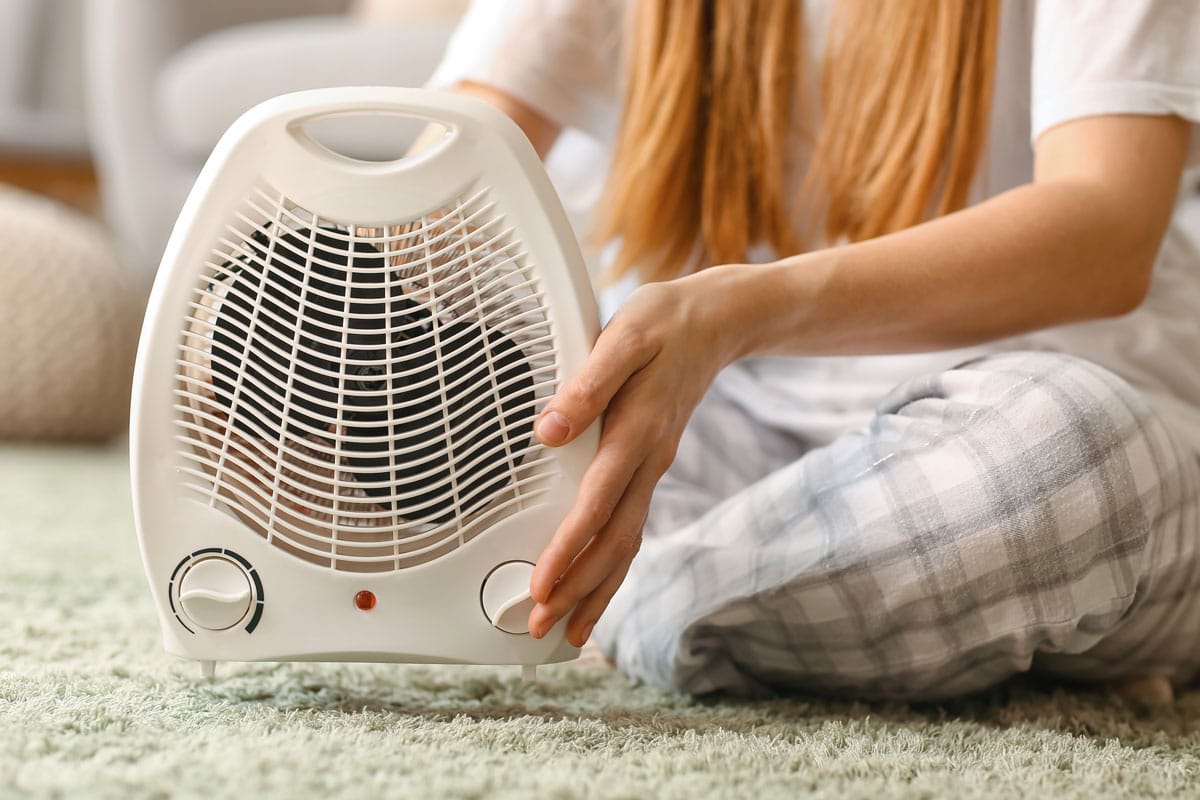

Articles
What Fan Speed Should I Use For Heating
Modified: March 21, 2024
Find out the ideal fan speed for efficient heating in our informative articles. Stay warm and save energy with expert advice.
(Many of the links in this article redirect to a specific reviewed product. Your purchase of these products through affiliate links helps to generate commission for Storables.com, at no extra cost. Learn more)
Introduction
When it comes to heating our homes, we often focus on factors like the type of heating system, insulation, and thermostat settings. However, one important aspect that is often overlooked is the fan speed. The fan speed plays a crucial role in distributing the heated air throughout your home, ensuring uniform warmth and comfort.
Understanding how to choose the right fan speed for heating is essential for maximizing efficiency, reducing energy consumption, and achieving optimal comfort levels. In this article, we will explore the different factors to consider when selecting fan speed for heating and provide recommendations for various heating scenarios.
Whether you have a furnace, heat pump, or another type of heating system, adjusting the fan speed can make a significant difference in how effectively the heat is distributed. By optimizing the fan speed, you can ensure that warm air is effectively circulated to all areas of your home, preventing hot and cold spots and providing a consistent temperature throughout.
Not only does selecting the appropriate fan speed for heating improve comfort, but it also has an impact on energy efficiency. By utilizing the right fan speed, you can reduce energy consumption, lower heating costs, and minimize wear and tear on your heating system.
In the following sections, we will delve into the various factors that should be considered when choosing fan speed for heating and explore the recommended fan speed settings for different heating scenarios. By the end of this article, you will have a clear understanding of how to optimize the fan speed for efficient and effective heating in your home.
Key Takeaways:
- Choosing the right fan speed for heating is crucial for efficient air circulation, energy savings, and consistent comfort. Consider temperature requirements, weather conditions, and duct system design to optimize fan speed.
- Adjusting fan speed based on specific heating scenarios, such as moderate or rapid heating needs, can enhance energy efficiency and comfort. Experiment with different settings and consult HVAC professionals for tailored recommendations.
Understanding Fan Speed and Heating
Before diving into the factors to consider when choosing the right fan speed for heating, it is important to have a basic understanding of how fan speed impacts the heating process. When your heating system is in operation, warm air is produced and needs to be distributed throughout your home.
The fan speed refers to the speed at which the blower motor circulates the air. It determines how quickly the heated air is pushed out from the heating system’s output and dispersed into your living spaces. The fan speed plays a critical role in achieving an even distribution of warm air and maintaining a comfortable temperature throughout your home.
Typically, heating systems have multiple fan speed settings, usually ranging from low to high. The settings may vary depending on the specific heating system you have. Some systems may have additional settings like auto or variable speed, which adjust the fan speed automatically based on the heating demand.
When it comes to fan speed for heating, it’s important to strike a balance between efficiency, comfort, and noise levels. The fan speed should be appropriate to ensure efficient air circulation without creating excessive noise or causing discomfort in your living spaces.
A low fan speed is ideal when you want to gently distribute the heated air, especially during mild weather conditions. This setting is usually less noisy and can help maintain a consistent, comfortable temperature throughout your home. However, it may take longer for the warm air to reach all areas of your living spaces.
On the other hand, a high fan speed is beneficial when you require rapid heating or want to quickly distribute warm air to all areas of your home. This setting provides enhanced airflow, resulting in more efficient heating. However, it may create more noise and can cause temperature fluctuations if not properly adjusted.
Understanding the relationship between fan speed and heating is essential for effectively managing your comfort and energy consumption. In the next section, we will explore the factors you should consider when determining the appropriate fan speed for heating.
Factors to Consider when Choosing Fan Speed for Heating
Choosing the right fan speed for heating depends on various factors that can vary from one home to another. By considering these factors, you can determine the optimal fan speed setting that will ensure efficient heating and maximum comfort. Here are some key factors to keep in mind:
- Temperature Requirements: Consider the temperature requirements in different areas of your home. If certain areas require higher heat levels, a higher fan speed may be necessary to deliver the warm air effectively. Conversely, if you have zones that don’t require as much heating, you can use a lower fan speed to avoid unnecessary energy consumption.
- Weather Conditions: Take into account the outdoor weather conditions. During extremely cold weather, using a higher fan speed can help distribute the heat more quickly and effectively. However, in milder weather, a lower fan speed may be sufficient to maintain comfort while reducing energy usage.
- Duct System Design: Evaluate the design and layout of your duct system. The size, length, and configuration of your ducts can impact airflow and determine the appropriate fan speed. Consult with a professional HVAC technician to assess your ductwork and determine the optimal fan speed for efficient and balanced airflow.
- Heating System Capacity: Consider the capacity and output of your heating system. If you have a powerful heating system, a higher fan speed may be required to distribute the heat adequately. On the other hand, if your heating system has a lower output, a lower fan speed may be sufficient to circulate the warm air effectively.
- Noise Considerations: Take into account the noise level generated by your heating system’s fan. Higher fan speeds can sometimes result in louder operation. If noise is a concern, you may opt for a lower fan speed setting that provides quieter operation while still maintaining comfort levels.
- Thermostat Settings: Adjusting the fan speed in conjunction with your thermostat settings can optimize energy efficiency and comfort. Some thermostats have specific fan speed control options, such as “auto” or “circulate,” which allow the fan to operate at varying speeds based on heating demands. Explore these options to find the best balance for your specific heating needs.
By considering these factors, you can make an informed decision when choosing the appropriate fan speed for heating. It’s important to find the right balance that ensures efficient air circulation while meeting your comfort requirements. In the next section, we will discuss the important aspect of energy efficiency when it comes to fan speed for heating.
Set your fan speed to low when using your heating system. This will help distribute the warm air more evenly throughout your home and prevent drafts.
Energy Efficiency and Fan Speed for Heating
When it comes to heating our homes, energy efficiency is a key consideration. Using the right fan speed for heating can significantly impact the energy consumption of your heating system. By optimizing fan speed, you can improve energy efficiency, reduce heating costs, and minimize the environmental impact of your home’s heating operation.
One of the primary benefits of adjusting the fan speed for heating is achieving balanced airflow. When the fan operates at the appropriate speed, it ensures that the warm air is evenly distributed throughout your home, eliminating hot and cold spots. This means that your heating system doesn’t have to work as hard to maintain a comfortable temperature, resulting in energy savings.
Using a lower fan speed during mild weather or in areas of your home that require less heating can help conserve energy. The reduced airflow at a lower fan speed reduces the amount of electricity consumed by the blower motor, resulting in energy savings over time. It’s important to note that lower fan speeds may have slightly longer heating times, but the energy savings can outweigh the slight delay in reaching optimal temperatures.
On the other hand, using a higher fan speed when rapid heating is needed or during extreme weather conditions can help distribute warm air quickly. The increased airflow allows the heat to reach all areas of your home more efficiently. However, it’s important to find the right balance and not set the fan speed higher than necessary, as excessive airspeed can lead to heat loss and increased energy consumption.
Additionally, using a variable-speed fan or an “auto” fan setting can enhance energy efficiency. These settings allow the fan speed to adjust automatically based on the heating demand. When the desired temperature is reached, the fan speed can lower to maintain a consistent temperature without excessive energy usage.
It’s worth considering that while using a higher fan speed may increase energy consumption slightly, the overall energy efficiency of your heating system depends on various factors, such as the insulation of your home, the efficiency of the heating unit, and proper maintenance. Regularly servicing and cleaning your heating system also plays a crucial role in maximizing energy efficiency.
By selecting the appropriate fan speed for heating and adopting energy-efficient practices, you can create a comfortable living environment while minimizing energy consumption and lowering your heating expenses. In the next section, we will provide recommendations for different heating scenarios to help you determine the ideal fan speed for your specific needs.
Recommended Fan Speed for Different Heating Scenarios
Choosing the right fan speed for heating depends on the specific heating scenario and the needs of your home. While there is no one-size-fits-all approach, here are some general recommendations to help you determine the ideal fan speed for different heating scenarios:
- Moderate Heating Needs: If you require moderate heating, such as during mild weather or for areas of your home that don’t need as much warmth, a low fan speed is typically sufficient. This allows for gentle airflow and ensures a consistent temperature throughout your living spaces.
- Rapid Heating: In situations where you need rapid heating or during extremely cold weather conditions, a higher fan speed may be necessary. This helps distribute the warm air quickly and effectively, ensuring that your home reaches the desired temperature swiftly.
- Specific Zone Heating: If you have specific areas of your home that require individualized heating, you can adjust the fan speed accordingly. For example, if you have a room or zone that needs more heat, you can increase the fan speed in that area to ensure sufficient airflow and warmth.
- Variable Speed or Auto Setting: If your heating system offers a variable-speed fan or an “auto” setting, utilizing these options can enhance comfort and energy efficiency. These settings allow the fan speed to adjust automatically based on the heating demand, ensuring optimal airflow and temperature control.
- Consider Ductwork Design: Evaluate your ductwork design and consult with an HVAC professional to determine the optimal fan speed for efficient and balanced airflow. Depending on the size, length, and configuration of your ducts, adjusting the fan speed may be necessary to ensure proper air circulation.
- Consult the Manufacturer’s Guidelines: It’s important to refer to the manufacturer’s guidelines and specifications for your specific heating system. They can provide valuable information on recommended fan speed settings that are tailored to your heating system’s capabilities.
Remember, finding the ideal fan speed for your heating needs may require some experimentation and adjustments. Monitor the comfort levels in different areas of your home and make any necessary changes to the fan speed settings accordingly.
Lastly, it’s always a good idea to consult with an HVAC professional who can assess your specific heating system, ductwork, and home requirements. They can provide expert advice on optimizing fan speed for efficient and effective heating.
By following these recommendations and customizing the fan speed to suit your specific heating scenarios, you can achieve optimal comfort, energy efficiency, and cost savings in your home.
Read more: What Spackle Should I Use
Conclusion
Choosing the right fan speed for heating is a crucial aspect of maintaining comfort, achieving energy efficiency, and maximizing the effectiveness of your heating system. By understanding the relationship between fan speed and heating, considering various factors, and making informed decisions, you can optimize the fan speed to meet your specific heating needs.
Throughout this article, we have explored the importance of fan speed in distributing heated air throughout your home and ensuring uniform warmth. We have discussed the factors to consider when selecting fan speed, such as temperature requirements, weather conditions, duct system design, and noise considerations. By carefully evaluating these factors, you can determine the most appropriate fan speed setting for your heating system.
Furthermore, we have highlighted the significance of energy efficiency when it comes to fan speed for heating. By using the right fan speed and adopting energy-efficient practices, you can reduce energy consumption, lower heating costs, and minimize your environmental footprint. Adjusting the fan speed according to specific heating scenarios, such as moderate heating needs or rapid heating requirements, can help optimize energy efficiency while maintaining comfort levels.
In addition, we have provided recommendations for different heating scenarios, including moderate heating, rapid heating, specific zone heating, and utilizing variable-speed or auto settings. These guidelines serve as a starting point for finding the ideal fan speed for your home, taking into account various factors that influence heating efficiency and comfort.
Ultimately, it is crucial to consult the manufacturer’s guidelines and seek professional advice when adjusting fan speed for heating. An HVAC professional can assess your specific heating system, ductwork design, and individual needs to provide tailored recommendations for optimal fan speed settings.
By taking the time to understand, evaluate, and customize the fan speed for heating, you can create a comfortable and energy-efficient living environment. Effective distribution of heated air throughout your home ensures consistent warmth and minimizes energy wastage, resulting in cost savings and a reduced carbon footprint.
Remember, finding the right fan speed for heating is an ongoing process that may require fine-tuning, monitoring, and adjustments. Regularly assess comfort levels, energy efficiency, and the performance of your heating system to maintain optimal settings.
With these considerations in mind, you can make informed decisions regarding fan speed and enhance the overall heating experience in your home. So, go ahead and take control of your heating system’s fan speed to enjoy optimal comfort, energy efficiency, and cost savings.
Frequently Asked Questions about What Fan Speed Should I Use For Heating
Was this page helpful?
At Storables.com, we guarantee accurate and reliable information. Our content, validated by Expert Board Contributors, is crafted following stringent Editorial Policies. We're committed to providing you with well-researched, expert-backed insights for all your informational needs.
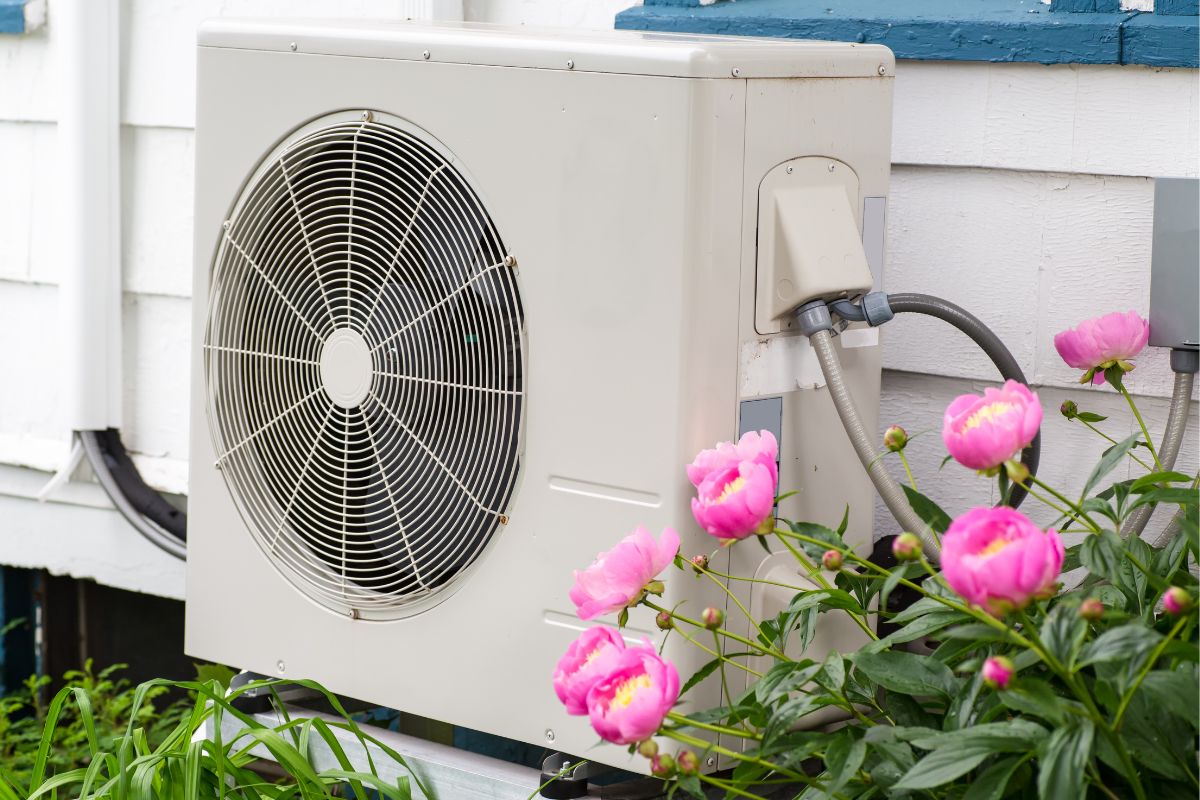
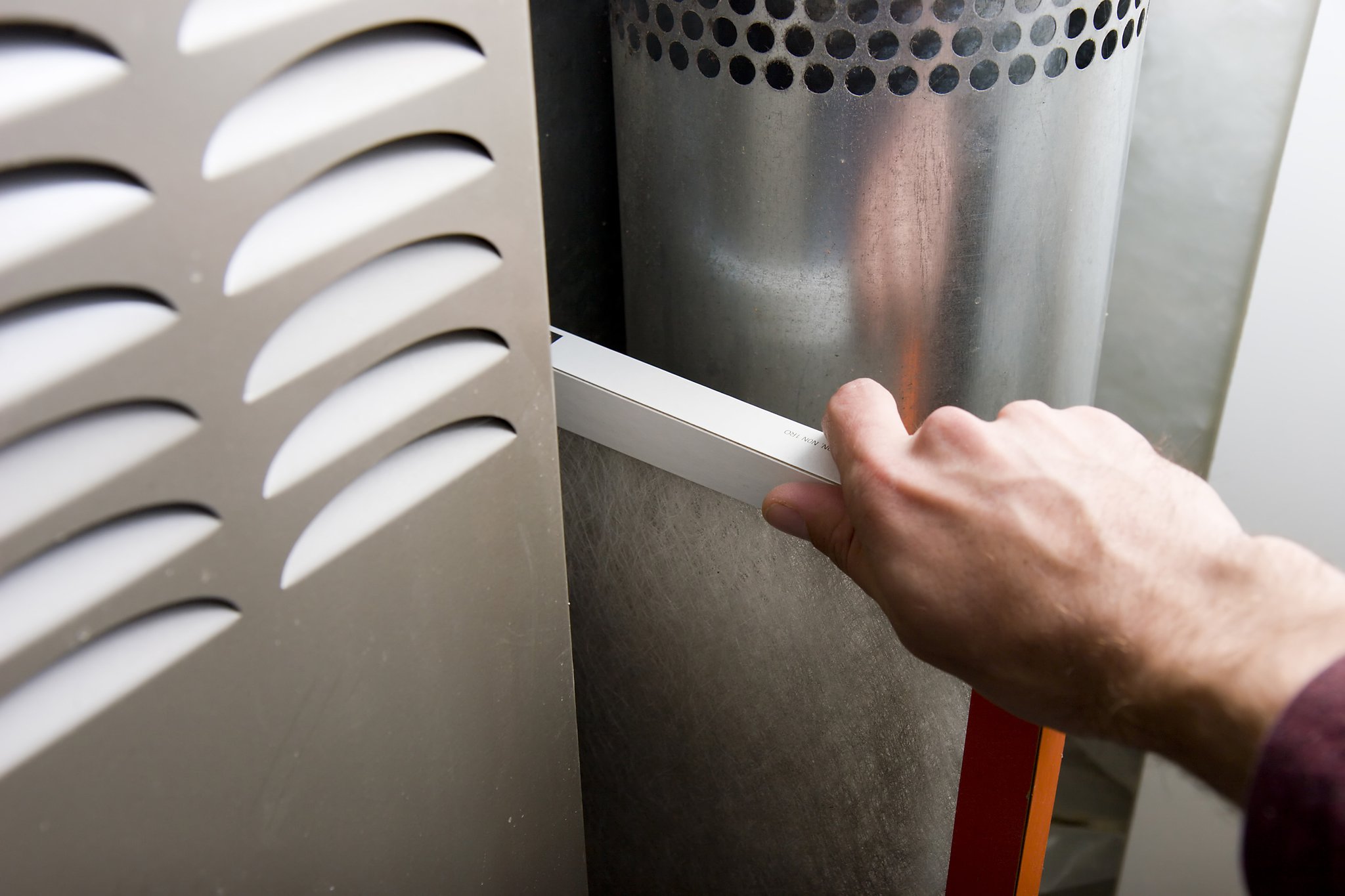


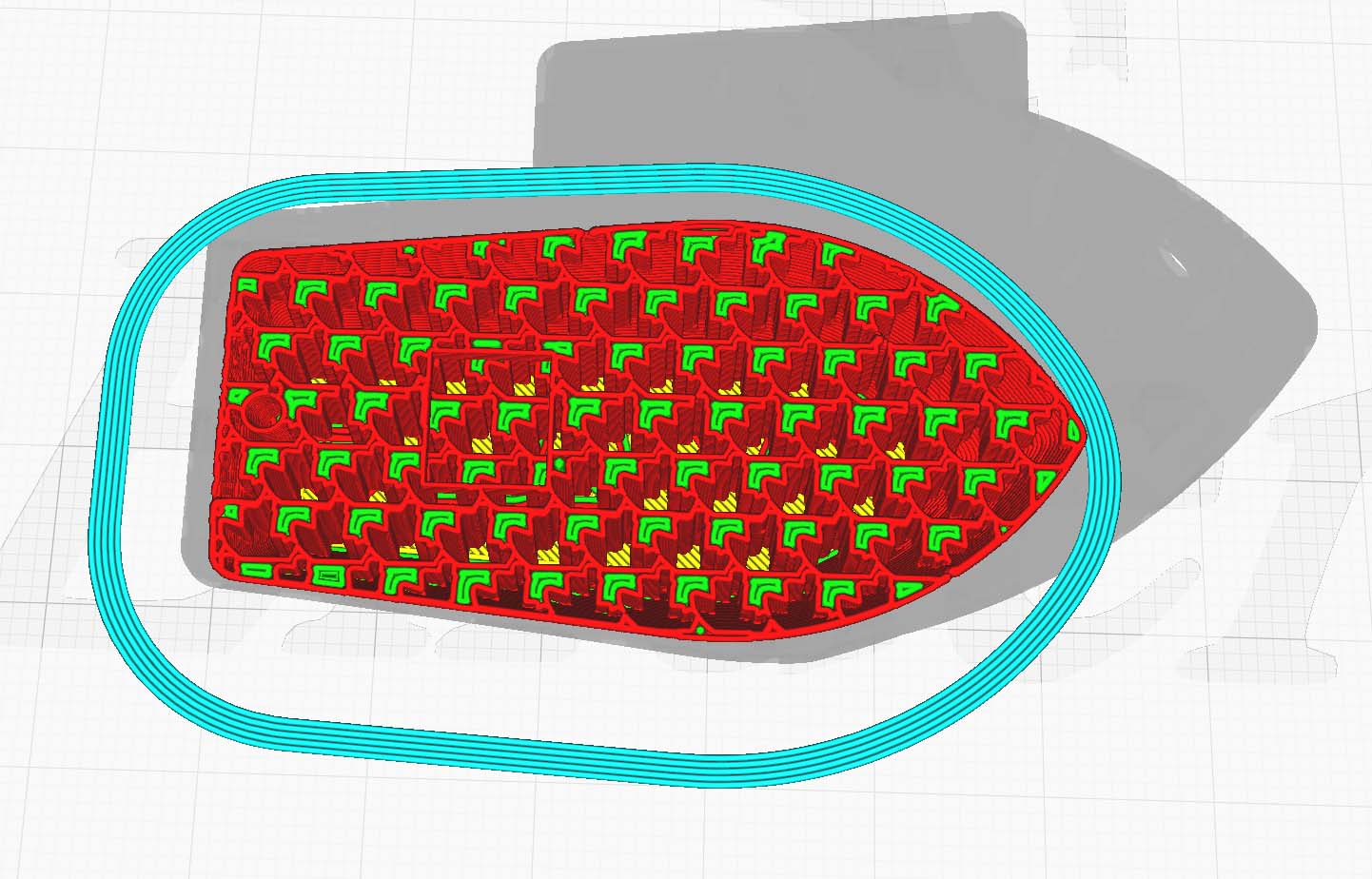


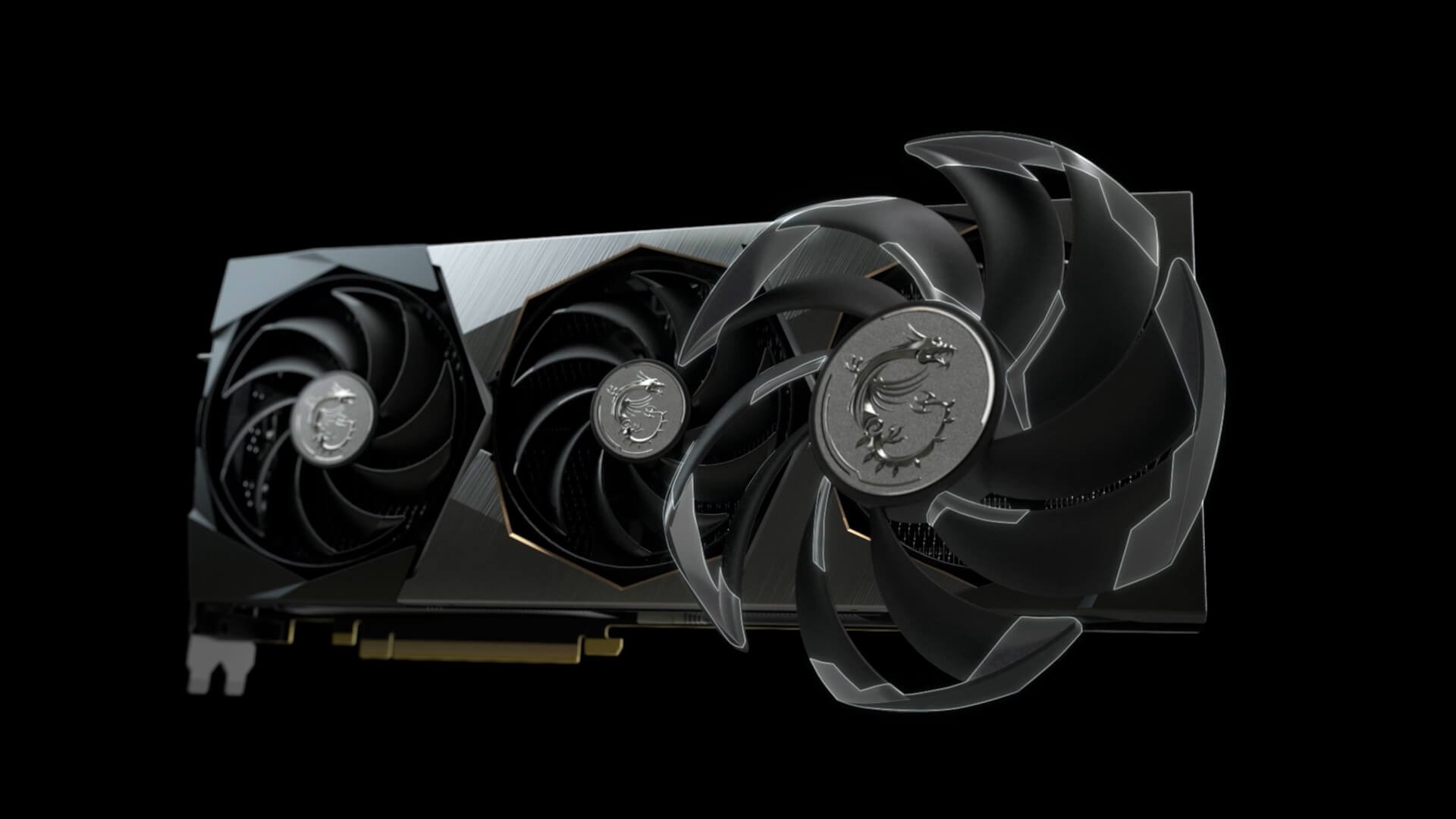

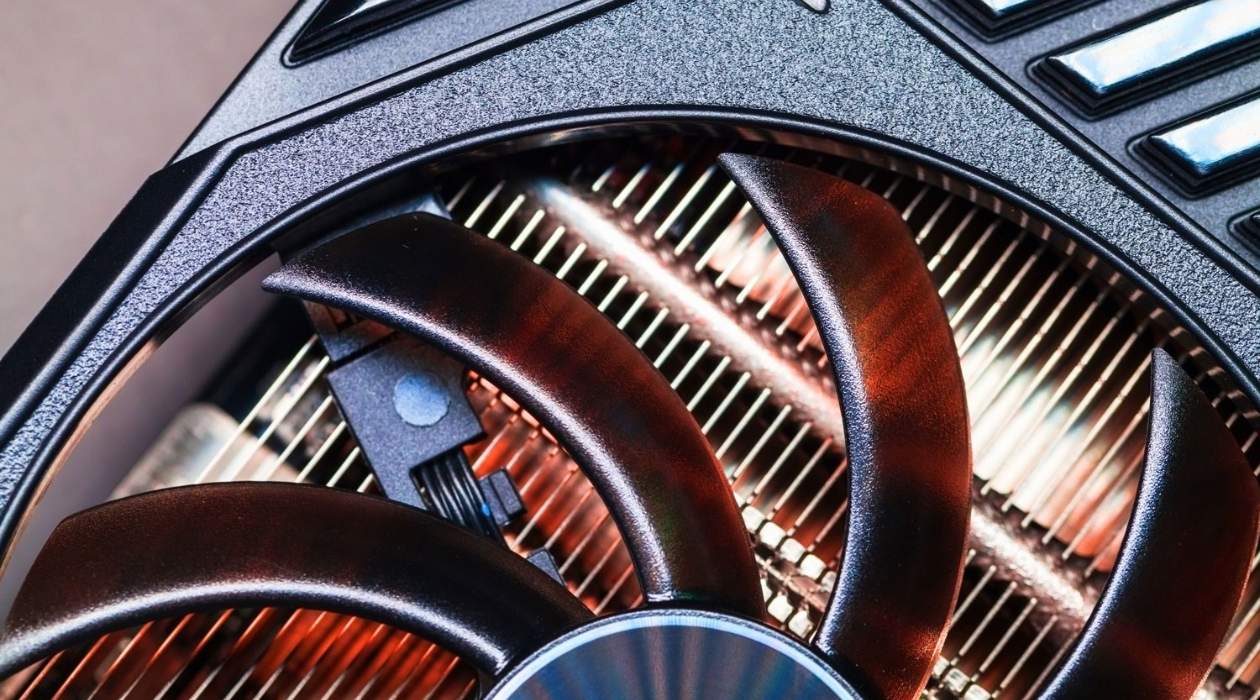
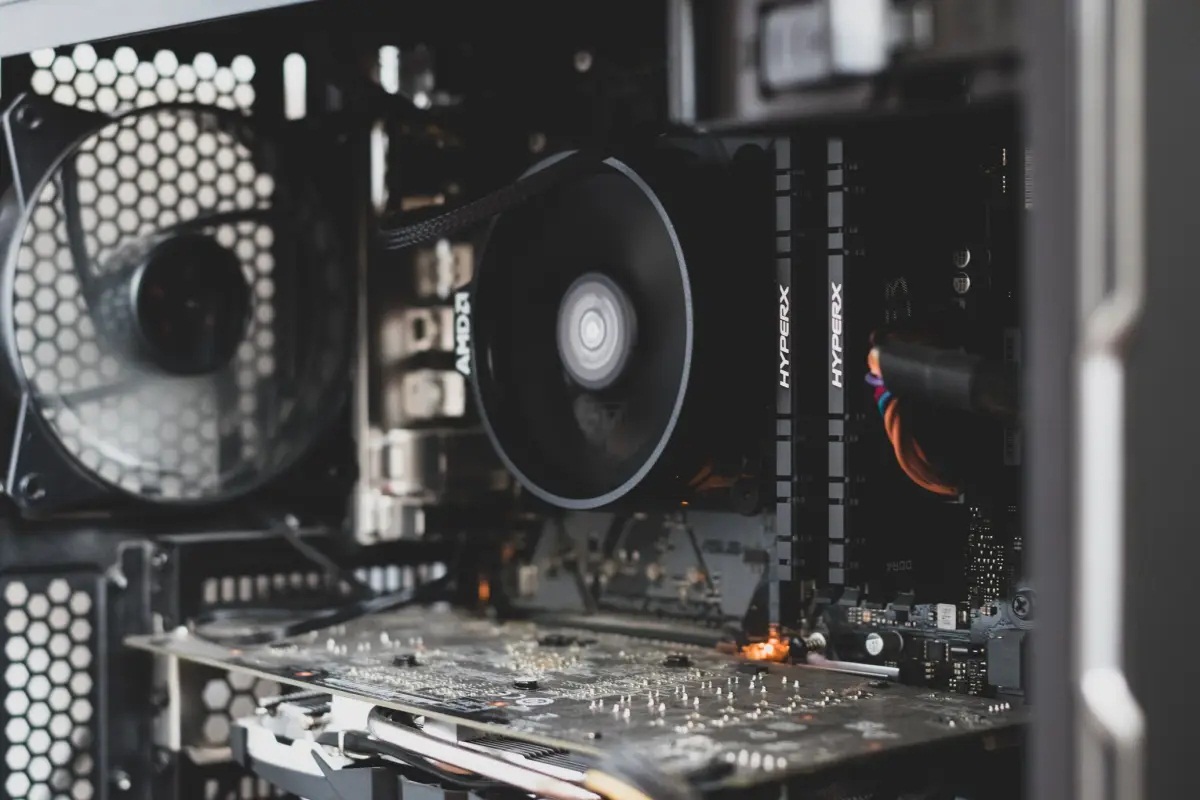
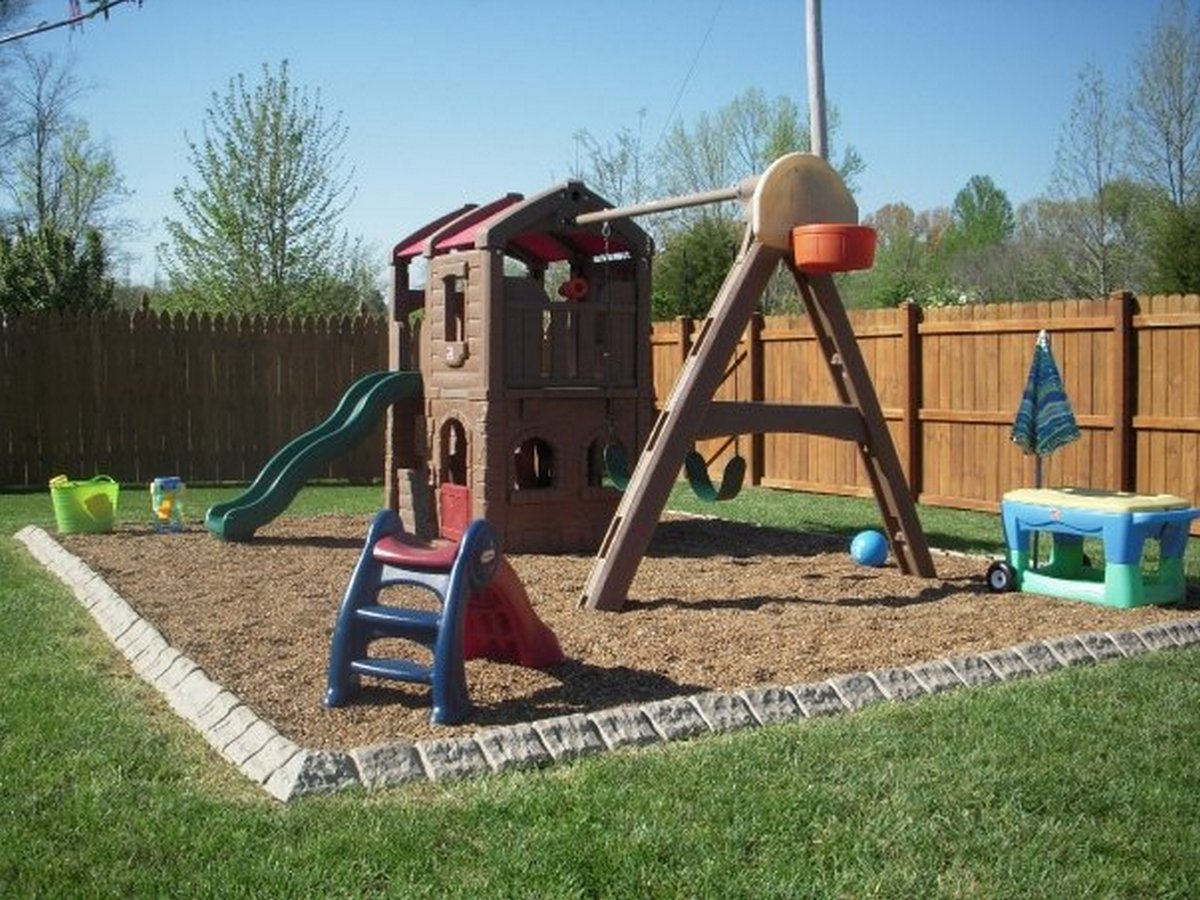
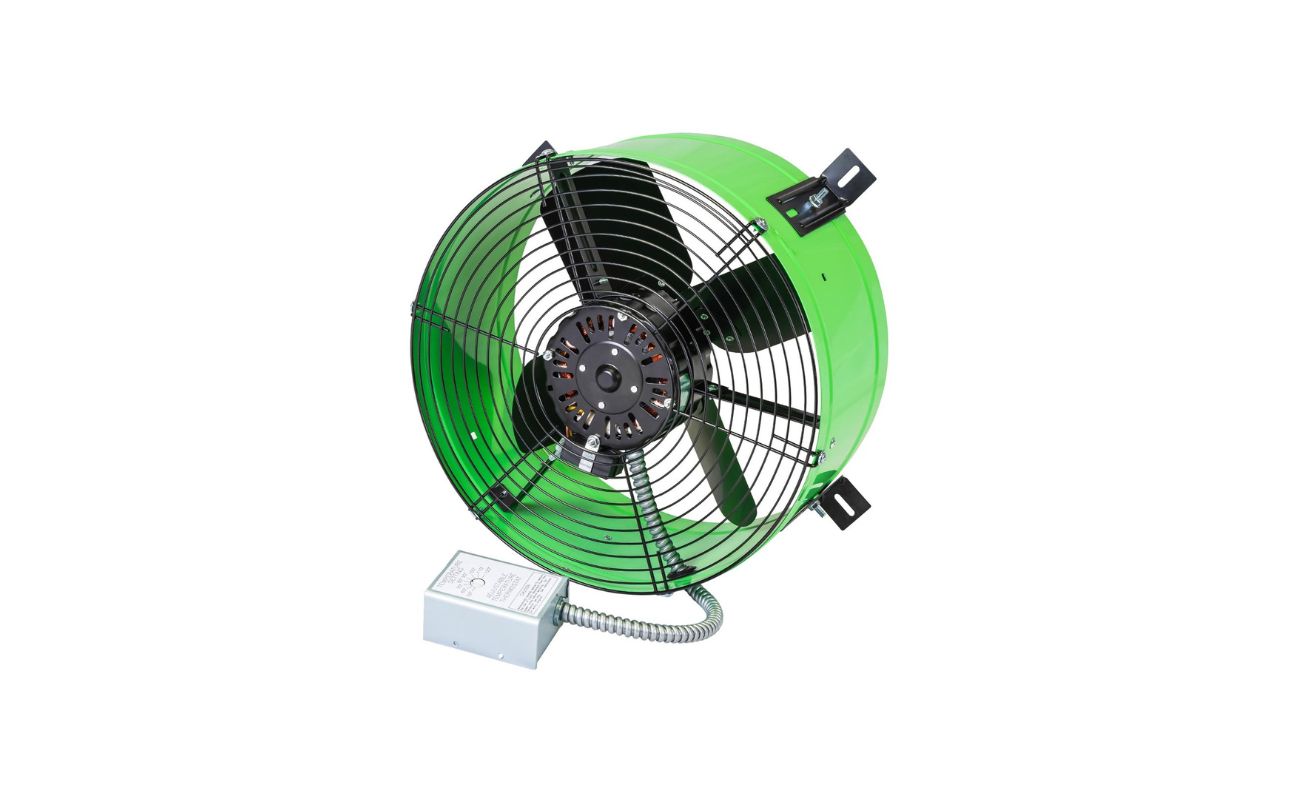


0 thoughts on “What Fan Speed Should I Use For Heating”